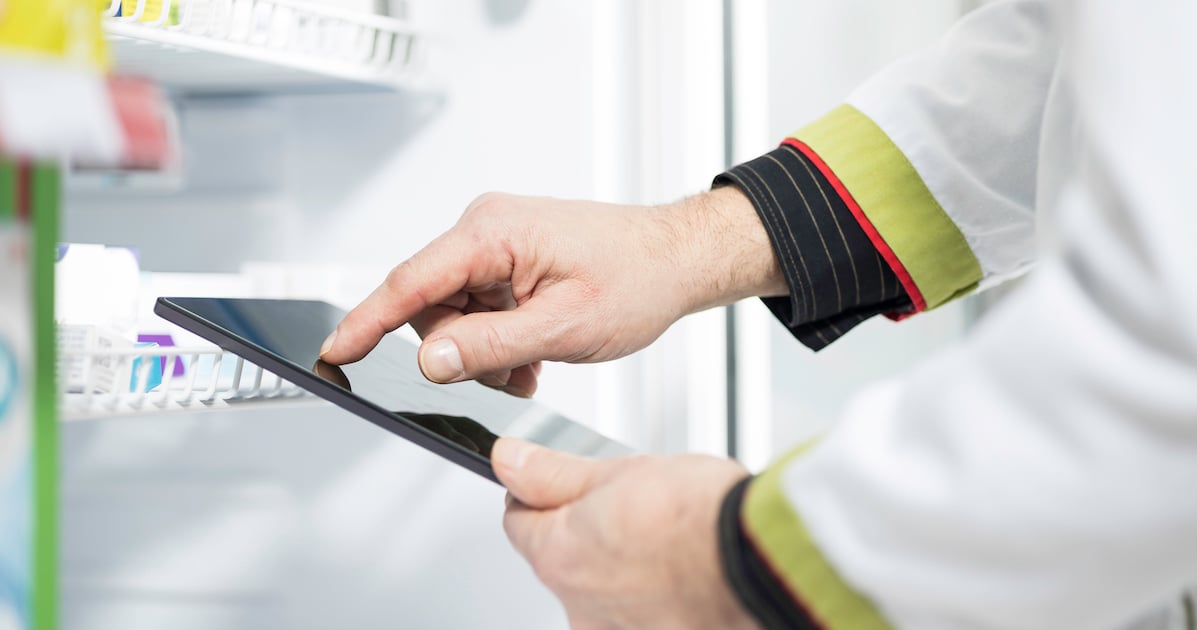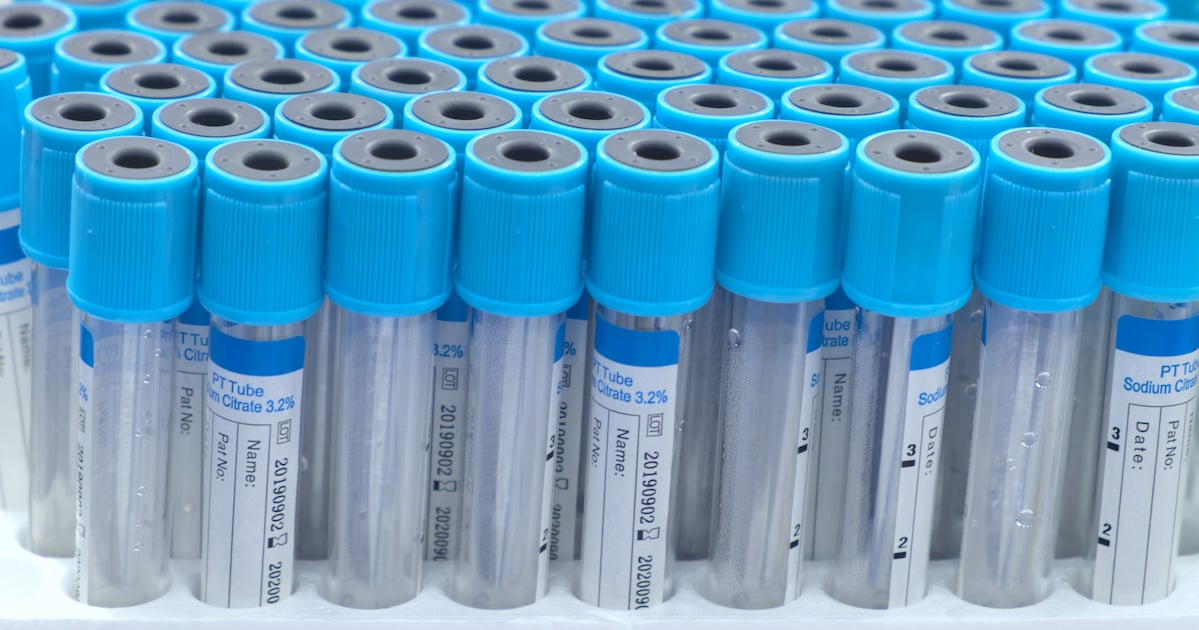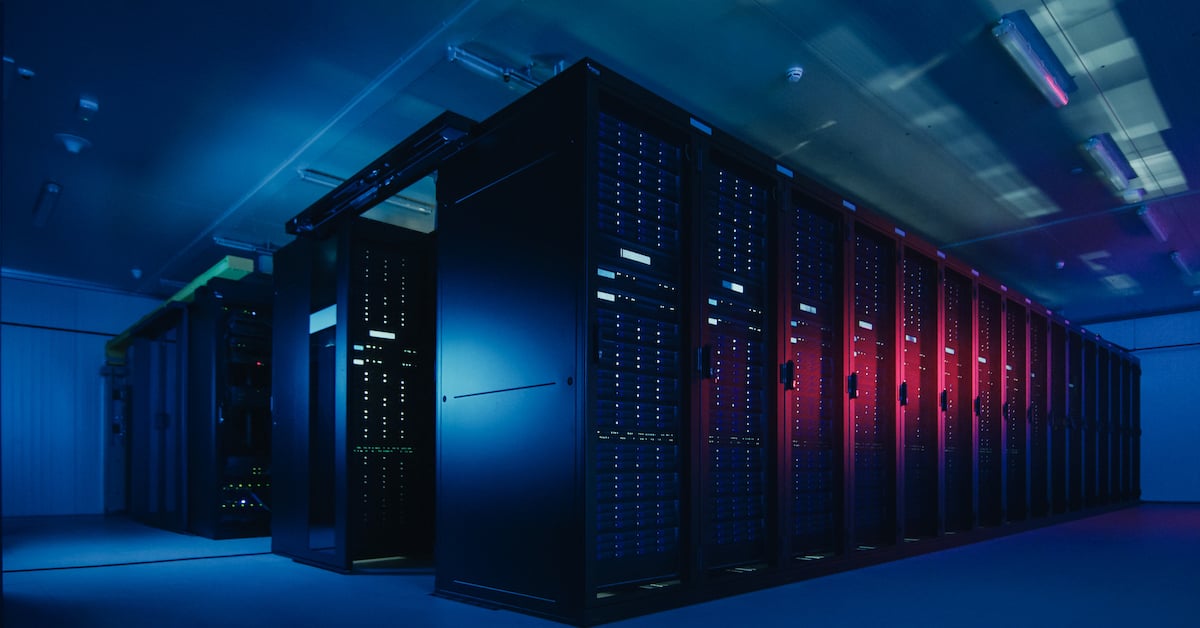Written by SmartSense | Healthcare, Pharmacy
Explore solutions built for your industry
Our customer-proven solutions monitor medications and food inventories for some of the most recognizable names in the industries of healthcare, food service, and transportation, and logistics. See how our solutions adapt to your industry needs.
SEE SOLUTIONSKroger Health Strengthens Compliance Visibility with SmartSense
Watch The VideoLEARN
Questions? Call +1 (866) 806-2653 to speak to our experts.
Schedule demoQuestions? Contact us.
Call +1 (866) 806-2653 to speak with our experts or get started with a demo.
CONTACT USAbout Us
SmartSense was created to use the power of the Internet of Things (IoT) to help our customers protect the assets most critical to the success of their business.
See our storyCONNECT. PROTECT. RESULTS.
Questions? Call +1 (866) 806-2653 to speak to our experts.
Schedule demoPlease select your login
November 29, 2023
How Healthcare Organizations Can Offset the Labor Shortage with Sensing-as-a-Service
Implementing Internet of Things (IoT) Sensing-as-a-Service solutions at healthcare organizations is more crucial than ever as the annual vaccines now considered essential for public health have proliferated, such as COVID-19, flu, RSV, HPV, shingles, pneumonia, and hepatitis-B. Especially during a long-term labor shortage, gaps in staffing can compromise holding, handling, and administration procedures, thereby putting the safety of these vaccines and the patients who need them at risk.
But when IoT-enabled devices are integrated within a hospital, clinic, or pharmacy, product safety, operational efficiency, and clinical outcomes are optimized. By empowering routine tasks with automation and generating descriptive insights and prescriptive workflows with data analysis, healthcare organizations can keep products, patients, and data safe, and thereby boost levels of overall customer and employee satisfaction.
IoT Connectivity: Automating Employee Tasks to Empower Labor

Healthcare organizations continue to face labor shortages, particularly among nurses, doctors and specialists. A recent Surgeon General’s Advisory sounded the alarm on healthcare worker burnout and resignation, calling it nothing short of a crisis. Moreover, healthcare environments keep growing in complexity, making a challenging situation even more difficult for limited staff.
In light of these concerns, healthcare organizations must leverage the next generation of IoT sensing capabilities that automate both routine and critical tasks to achieve the following objectives:
- Ensure regulatory compliance and vaccine safety
- Maximize data to generate descriptive insights that improve decision-making
- Prescribe workflows that drive operational efficiency, enhance patient care, and increase customer satisfaction
- Secure healthcare data with cybersecurity measures
Medical Temperature Monitoring: Maintaining Regulatory Compliance to Ensure Product Safety

IoT-enabled condition monitoring surpasses human efforts to maintain regulatory compliance and vaccine safety and efficacy. With a Sensing-as-a-Service solution, employees are alerted to real-time fluctuations within refrigeration and freezer assets so they can take immediate corrective actions to maintain proper storage temperatures and protect the stability of vaccines — automatically, continuously, and remotely.
In the event of a power outage, batteries ensure that remote measurements continue during time without power, maintaining a continuous log for up to 30 days. And with automatic reporting, healthcare organizations ensure compliance with CDC, VFC, FDA, ABBA, and BOP pharmaceutical regulations.
Attaching IoT monitoring technology to healthcare assets also allows operators to predict if equipment is in danger of failing or requires maintenance. Such preventive measures ultimately reduce expenses, maximize resources — and most importantly — save critical inventories.
Descriptive Insights: Maximizing IoT Data to Improve Decision-making
Industry analysts estimate that IoT monitoring devices will generate more than 73 billion terabytes of healthcare data by 2025. Using the data collected from IoT sensing capabilities, hospitals, clinics, and pharmacies can extract valuable insights for decision-making, further enhancing patient outcomes, reducing loss, and bolstering operational efficiency.
The true challenge raised by abundant information is filtering and finding the descriptive insights buried under mountains of telemetry data. Moreover, given the labor shortage, healthcare organizations must leverage automated data extraction and insight formulation and delivery.
Thankfully, best-in-class Sensing-as-a-Service solutions combine the latest IoT monitoring innovations with AI-powered analytics engines to automate insight retrieval and enable real-time decision-making. Centralized reporting tools and digitalized task management capabilities also help eliminate data silos, thereby allowing healthcare organizations to maximize the potential of their IoT data.
Prescriptive Workflows: Driving Operational Efficiency to Enhance Patient Care

IoT monitoring technology in healthcare can help employees do more with less. Monitoring refrigerated, frozen, and ultra-low holding vaccines are tasks at once routine and critical. That is, they are daily, time-consuming, tedious procedures at risk of human error if handled manually; at the same, oversights or irregular record-keeping can potentially lead to product loss, and thus lack of availability, compromised patient outcomes, and damaged brand reputation.
Today, more hospitals and healthcare organizations recognize that patient satisfaction is a crucial KPI. In fact, better patient experiences can positively influence care outcomes. By liberating healthcare employees from inefficient and labor-intensive manual operations, a Sensing-as-a-Service solution gives time back to employees, allowing them to focus on what they do best — interacting with and caring for patients. Employee satisfaction in turn improves their own well-being and minimizes burnout.
Cybersecurity in Hospital IT: “Dropping in” Solutions to Protect Patient Data

No discussion of IoT Sensing-as-a-Service and healthcare would be complete without addressing cybersecurity. Although underfunded in many healthcare organizations, security should be at the core of every IoT system to ensure the safety of patients, providers, and employees.
Without cybersecurity measures, personally identifiable information can get exposed by even the smallest human error, such as a temporary worker unwittingly downloading a malicious app to the organization’s network. And it should come as no surprise that 95% of identity theft incidents are traced back to stolen healthcare records.
For healthcare organizations using IoT sensing and monitoring technology, a reliable hospital cybersecurity practice is to utilize “drop-in” solutions, since they don’t interfere with hospital IT networks. This approach is safer and more efficient because it avoids overloading the internal infrastructure or overworking IT support staff.
Another helpful practice is zero-trust, which requires user authorization to access an IoT network. Alternatively, healthcare organizations can implement security as code or build security into the code itself.
IoT in Pharmacies: How Rite Aid Leverages End-to-End Product Visibility
Rite Aid Pharmacies are a great example of how a national pharmacy chain is using SmartSense’s IoT Sensing-as-a-Service solution to monitor medication stability, ensure customer safety, and reduce product loss.
Rite Aid needed a truly unified digital solution to enable continuous monitoring of their medications and vaccines to meet or exceed FDA and Board of Pharmacy regulations. By deploying our IoT technology in more than 2,400 pharmacy sites, Rite Aid enhanced their visibility into how temperature excursions affect their medications and improved compliance management in several key aspects:
- Maintaining and documenting proper storage temperatures with regulatory requirements
- Using real-time alerts for temperature excursions at multiple levels of management to guarantee medication stability and reduce product loss
- Automating and streamlining back-end processes while gaining end-to-end visibility into its multi-echelon supply chain
As this case study illustrates, lack of available labor doesn’t have to impede healthcare organizations from potential gains if the right technology infrastructure is in place to automate critical tasks. Best-in-class healthcare IoT platform providers are helping pharmacies, hospitals, and clinics create a future for their enterprises that ensures compliance and patient safety while maximizing employee efficiency for optimal customer satisfaction.
Topics:
Healthcare
Pharmacy
Other Suggested Posts
How to Improve Ambient Temperature Monitoring in Hospitals
The primary role of ambient temperature monitoring in hospitals is to create a safer environment for both patients and healthcare providers. At the core of ...
How High Reliability Organizations Evaluate IoT Vendor Security Compliance
Focusing more attention recently on patient-centered care, the U.S. healthcare sector has been motivated to establish more high reliability organizations ...
How Machine Learning Elevates Traditional Temperature Monitoring
While a minority of food companies and healthcare organizations continue to manually collect temperature logs to meet compliance regulations, most enterprises ...
How to Improve Asset Health of Medical Refrigeration
Table of Contents: What is asset health management? How to ensure the safety and potency of medical products Pros of digitalizing and automating medical ...
How Contract Research Organizations Optimize Cold Chain Operations During Clinical Trials
What are cold chain operations in the pharmaceutical industry? In the United States, 165,000 clinical trials each year are carefully designed and conducted to ...
Subscribe to the SmartSense Blog
Stay up-to-date on the evolution of IoT connectivity.
CONNECT. PROTECT. RESULTS.
Learn how our complete critical
environment monitoring solution will help you
connect and transform your business.
Call +1 (866) 806-2653 to speak with our industry
experts or get started by
requesting a demo.